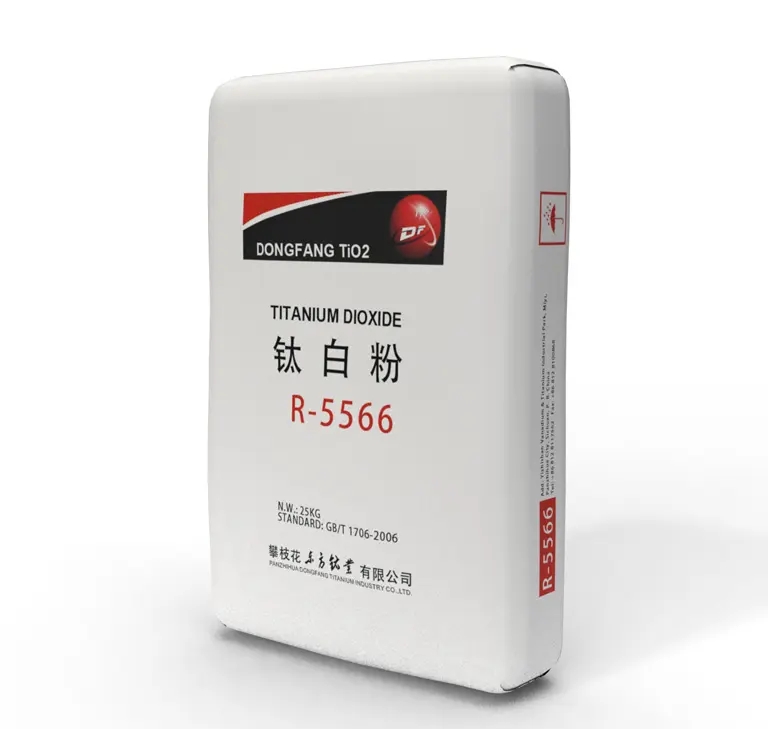
dec. . 03, 2024 11:55 Back to list
tio2 market
The Titanium Dioxide (TiO2) Market Trends, Challenges, and Future Outlook
The titanium dioxide (TiO2) market is an essential component of the global chemical industry, primarily due to its applications in various sectors, including paints and coatings, plastics, paper, and cosmetics. TiO2 is renowned for its excellent opacity, brightness, and UV resistance, making it a preferred choice for manufacturers seeking to enhance product quality. As of 2023, the TiO2 market continues to evolve, shaped by several trends and challenges.
Market Overview
The global TiO2 market was valued at approximately $15 billion in recent years, with projections indicating steady growth during the forecast period. The increasing demand for eco-friendly and high-performance materials is driving the market expansion. In the construction sector, for instance, the rising trend of sustainable building practices emphasizes the need for high-quality materials that not only meet aesthetic standards but also provide durability and protection against environmental degradation.
Key Applications
One of the largest applications of TiO2 is in the paints and coatings industry, where it serves as a pigment, providing hide and brightness to various products. Furthermore, the growth of the automotive industry has translated into increased demand for high-performance coatings, which often incorporate TiO2 for enhanced visual appeal and longevity. Additionally, the plastics industry utilizes TiO2 as a filler and a pigment, contributing to the production of visually appealing and durable products.
In the cosmetic industry, TiO2 is prized for its use in sunscreens and makeup, where it acts as a physical sunscreen agent that reflects UV light. The growing awareness of skin protection and the expansion of the personal care market are significant contributors to the rising demand for TiO2 products.
tio2 market

Challenges Facing the Industry
Despite its promising growth, the TiO2 market faces several challenges. Fluctuating raw material prices, particularly for ilmenite and rutile — the two primary sources for TiO2 production — can lead to cost pressures for manufacturers. Additionally, regulatory pressures related to environmental concerns and sustainability practices are increasing. The production of TiO2 involves significant energy consumption and may generate harmful waste, prompting a need for eco-friendly alternatives and improved manufacturing processes.
The rise of synthetic alternatives and nanomaterials poses another challenge to the traditional TiO2 market. Companies are exploring innovative solutions, such as titanium dioxide nanoparticles, which can provide advancements in product performance but also introduce new safety and regulatory considerations.
Future Outlook
Looking ahead, the TiO2 market is expected to witness substantial growth driven by ongoing industrial developments and increased infrastructure spending. The push for sustainable practices will encourage manufacturers to invest in more environmentally friendly production processes, which could involve recycling initiatives and reduced emissions technologies. Moreover, the integration of advanced technologies such as artificial intelligence and automation in production could enhance efficiency, reduce costs, and improve product quality.
In conclusion, the titanium dioxide market is poised for growth amid evolving consumer preferences and industry demands. While challenges persist, the development of innovative applications and sustainable practices may provide pathways for resilience and expansion. Stakeholders in the TiO2 market must remain adaptable, prioritizing innovation and sustainability to navigate the complexities of the modern industrial landscape effectively.
-
High Quality China Black Iron Oxide Powder Supplier Competitive Price & Fast Delivery
NewsJul.08,2025
-
High Quality Titanium Dioxide Used in Rubber – Trusted Supplier & Factory Price
NewsJul.08,2025
-
High Purity Barium Sulfate Particle Size - Wholesale Manufacturer from China
NewsJul.07,2025
-
Premium Titanium Dioxide Lomon R-996 Supplier – Quality & Wholesale Price from China
NewsJul.07,2025
-
Top Titanium Manufacturers in China - Quality Titanium Dioxide Supplier & Production Line Solutions
NewsJul.06,2025
-
OEM Titanium White Supplier & Factory – High Purity, Consistent Quality for Industrial Use
NewsJul.06,2025
